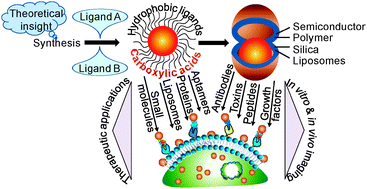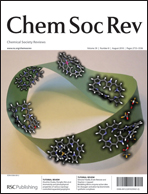Bioconjugated nanomaterials offer endless opportunities to advance both nanobiotechnology and biomedical technology. In this regard, semiconductor nanoparticles, also called quantum dots, are of particular interest for multimodal, multifunctional and multiplexed imaging of biomolecules, cells, tissues and animals. The unique optical properties, such as size-dependent tunable absorption and emission in the visible and NIR regions, narrow emission and broad absorption bands, high photoluminescence quantum yields, large one- and multi-photon absorption cross-sections, and exceptional photostability are the advantages of quantum dots. Multimodal imaging probes are developed by interfacing the unique optical properties of quantum dots with magnetic or radioactive materials. Besides, crystalline structure of quantum dots adds scope for high-contrast X-ray and TEM imaging. Yet another unique feature of a quantum dot is its spacious and flexible surface which is promising to integrate multiple ligands and antibodies and construct multi-functional probes for bioimaging. In this critical review, we will summarize recent advancements in the preparation of biocompatible quantum dots, bioconjugation of quantum dots, and applications of quantum dots and their bioconjugates for targeted and nonspecific imaging of extracellular and intracellular proteins, organelles and functions (181 references).


 Please wait while we load your content...
Please wait while we load your content...